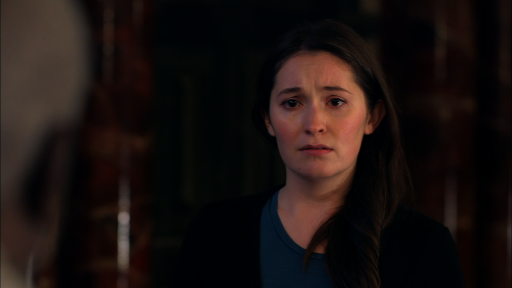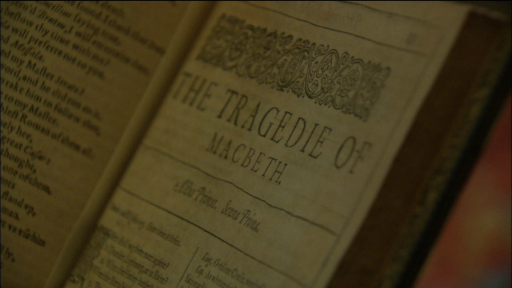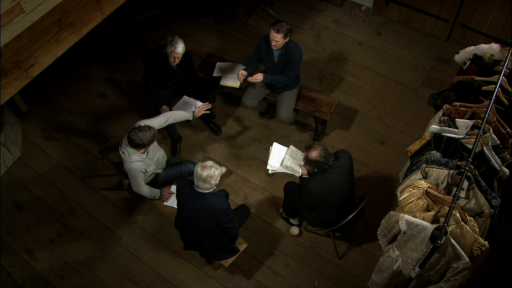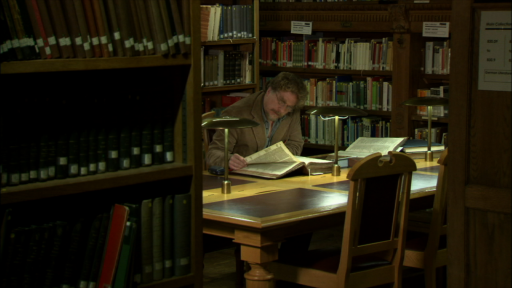Use this video resource about King Lear to explore the conflict and resolution between father and daughter in the play in this lesson from Shakespeare Uncovered.
MORE ›

Use this video resource about King Lear to explore the conflict and resolution between father and daughter in the play in this lesson from Shakespeare Uncovered.
MORE ›
Discover major events in William Shakespeare’s life through The Intersection of Art and Life, an interactive timeline. The timeline spans from Shakespeare’s birth in 1564 to the post-mortem publication of his First Folio in 1624. Explore the impact of personal events on the poet and playwright’s masterpieces and watch segments from film adaptations of his plays.
MORE ›
In this media gallery, you will find a series of videos from Shakespeare Uncovered that offer insight into how Shakespeare represented women in Twelfth Night and As You Like It, and how he played with identity and disguise for comedic effect. As you view the videos and complete the activities, think about the role of women in the plays and consider how they are both empowered and restricted.
MORE ›
In this series of videos from Shakespeare Uncovered, students explore the use of soliloquy as a device to reveal character and advance plot. They consider how using soliloquy perhaps more truthfully exposes character than other devices like dialogue. In addition, students focus particularly on the famous soliloquy in Hamlet, “To be or not to be,” and discuss how and why the topics of his speech are best explored through soliloquy.
MORE ›
This series of videos from Shakespeare Uncovered examines the ways Shakespeare’s characters struggle with moral and ethical dilemmas. Including examples from The Tempest, Hamlet, Macbeth and Henry IV, Part One, this media gallery highlights how Shakespeare’s works depict the complexity of human nature through characters who are not purely good or purely evil but are capable of both at different times. The collection explores how the dark side of human nature emerges in even the most idyllic settings, examines the concept of honor, and questions where an individual’s evil comes from.
MORE ›
This series of videos from Shakespeare Uncovered explores the ways in which performers and directors have interpreted Shakespeare’s characters and plays differently over time. Students will explore how these differences reflect not only the personalities and techniques of the actors and directors who bring Shakespeare’s words to life on the stage, but their larger historical contexts and cultural sensibilities as well.
MORE ›
In this media collection, students explore the use of supernatural elements within William Shakespeare’s plays, focusing particularly on Macbeth, Hamlet, and The Tempest. Students examine supernatural beliefs during the 16th and 17th centuries, and they also identify how supernatural elements drive the plot of many of Shakespeare’s plays.
MORE ›
This series of videos from Shakespeare Uncovered explores how Shakespeare uses language in his works. This gallery includes examples from Hamlet, Henry V, Macbeth, Richard II and The Tempest and features actors and scholars discussing and debating the meaning of Shakespeare’s words.
MORE ›
This series of videos from Shakespeare Uncovered explores the many ways Shakespeare showed the dramatic evolution of a character.
MORE ›
In this series of videos from Shakespeare Uncovered, students will explore the historical subjects of Shakespeare’s plays Richard II and Henry V, the factual liberties he took in writing them, and the historical significance they’d have had over the centuries. The accompanying essay provides additional background on Shakespeare’s history plays, their immense popularity in Shakespeare’s time, and their continuing influence on how we understand history today.
MORE ›